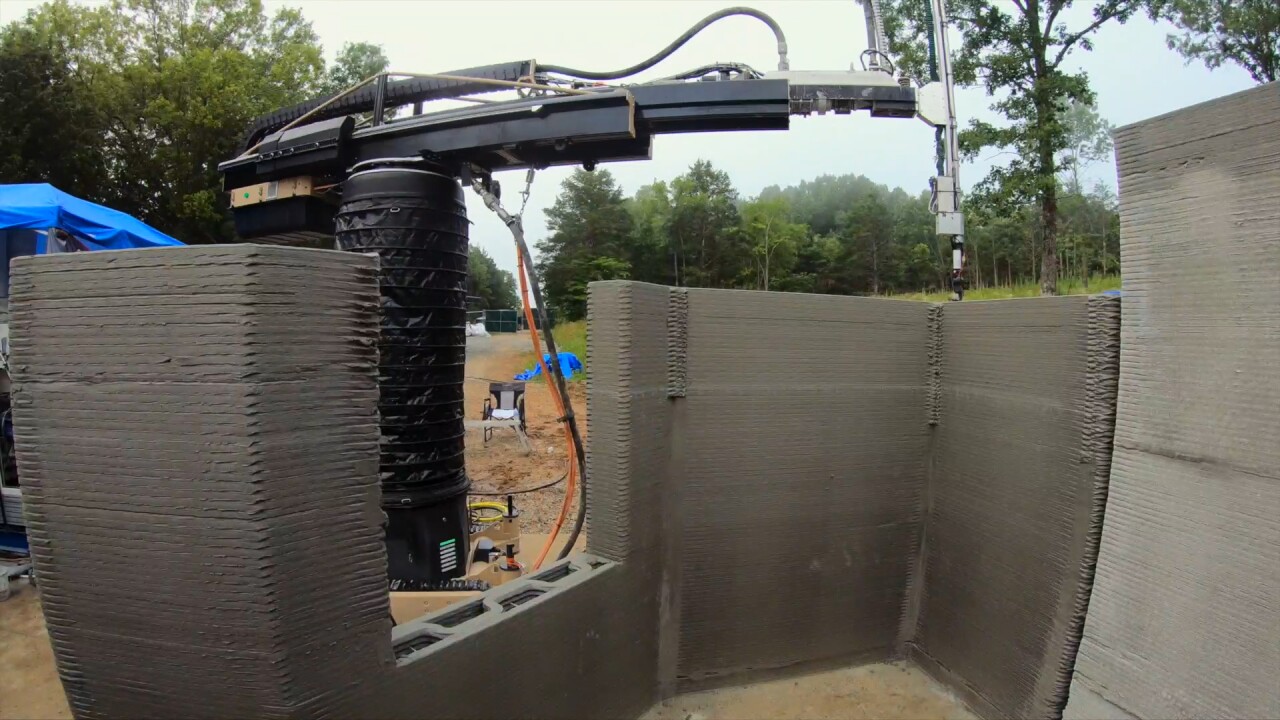Montana is getting in on the ground floor of what could become the next big game-changer in building construction.
The state is the first to give regulatory approval for homes with 3D printed walls—which could save money and time it takes to build a home.
“3-D printing has been around since the ’80s, but in construction, it is not even 10 years old,” says Billings-based contractor Tim Stark, who made the application to the state to gain approval for the construction method.
Stark hopes to soon begin constructing houses in Billings using a large portable robotic machine that prints walls from a concrete and sand material.
“We use a puller printer, where you can just pull it up on a trailer and pull it with a three-quarter-ton pickup. We can pull it off the trailer and be printing in 30 minutes,” he says.

The technology is developed by Apis Cor, a Florida construction company that has designed 3-D printed walls that comply with international building codes.
Stark says there are a lot of advantages to this type of construction, and he thinks it could make a real difference as Montana struggles to keep up with demand for housing and a shortage of labor.
“Time. It uses less people. So, a 2,000-square-foot house, we could print that in 40 hours or less. Let's say you start out and print in one corner. By the time you get to the other side, it is already set up enough to take the other layer," Stark said.
The 3-D printer makes a lot of designs possible.
“If we want to do a curved wall, you just put in the design and the printer prints it,” he says,
Another advantage is cost. Construction costs are cut significantly by using 3D printing, and there’s a lot less waste that ends up in the landfill.
“Right now, when we print a structure, it's 30 percent less. And expect that to go up as time goes on, as technology advances,” says Stark.
Color can also be added into the mixture to save money on painting and the need for drywall.

While he plans to use concrete for the walls he’ll print for now, he says there’s a lot of talk about other materials that could one day be used, such as geopolymer, hemp, and even soil in some countries.
Stark says trades will still be needed to complete the construction, but the method provides a lot of exciting opportunities for what could be ahead in the future.
Stark calls this the next big advance when it comes to home construction, and he hopes to be printing homes in Billings within the next year.







